Perfect Veggie Jalfrezi Recipe: Ready in 30 Minutes
Get authentic restaurant-style veggie jalfrezi with this straightforward recipe. You'll need common spices from your pantry, colorful vegetables, and just 30 minutes. This version solves the most common home cooking problems: bland flavor, mushy vegetables, and oily sauce.
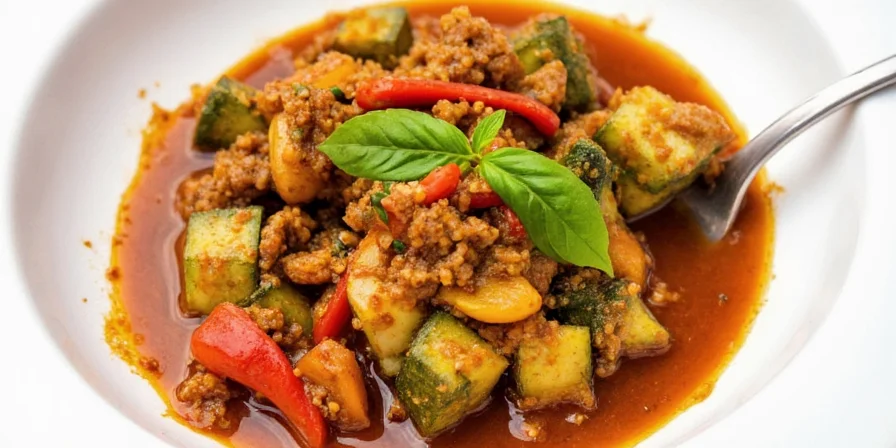
| Prep Time | Cook Time | Total Time | Servings |
|---|---|---|---|
| 10 minutes | 20 minutes | 30 minutes | 4 |
Essential Ingredients for Authentic Veggie Jalfrezi
Base Ingredients
- 2 tbsp mustard oil (or vegetable oil)
- 1 large onion, thinly sliced
- 1 bell pepper, cubed
- 1 cup cauliflower florets
- 1 cup green beans, cut into 1-inch pieces
- 2 medium tomatoes, finely chopped
- 1 tbsp ginger-garlic paste
- Salt to taste
Spice Blend (Makes Restaurant-Quality Sauce)
- 1 tsp cumin seeds
- 1 tsp coriander powder
- 1/2 tsp turmeric powder
- 1 tsp red chili powder
- 1/2 tsp garam masala
- 15ml lemon juice (about 1/2 lemon)
- 2 tbsp fresh cilantro, chopped
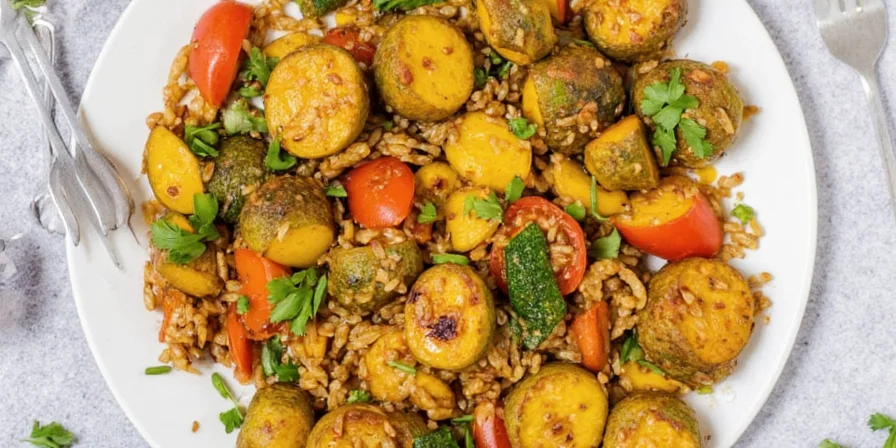
Step-by-Step Cooking Instructions
- Prepare vegetables: Blanch harder vegetables (cauliflower, green beans) for 2 minutes in boiling water, then shock in ice water. Softer vegetables (bell peppers, onions) need only 1 minute.
- Heat oil: Heat mustard oil to 180°C (356°F) - test by adding one mustard seed which should sizzle vigorously and submerge within 3 seconds.
- Temper spices: Add cumin seeds first, then coriander, turmeric, and chili powder. Fry for 30 seconds until fragrant but not burnt.
- Cook base: Add onions and ginger-garlic paste. Sauté until onions turn golden brown (5-6 minutes).
- Add tomatoes: Stir in chopped tomatoes and cook until oil separates from the mixture (8-10 minutes).
- Combine vegetables: Add all vegetables and garam masala. Cook for 5-7 minutes on medium heat, stirring occasionally.
- Finish: Turn off heat, stir in lemon juice and fresh cilantro. Cover and let rest for 5 minutes before serving.
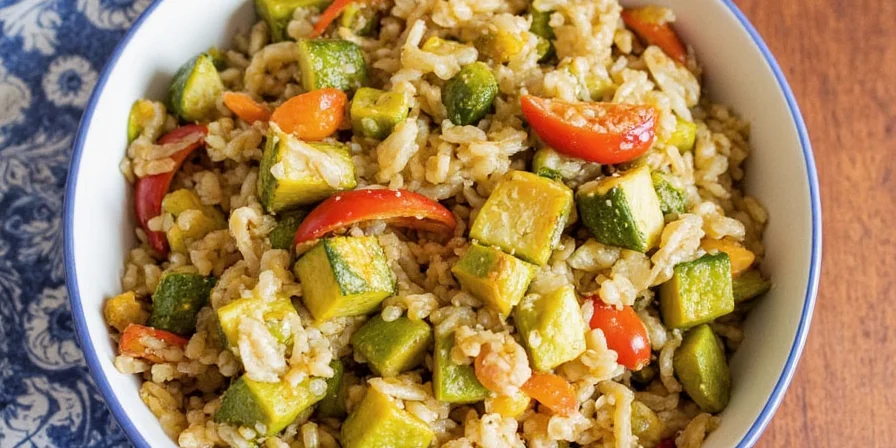
7 Proven Spice Combinations for Flavor Perfection
These tested combinations transform basic jalfrezi into restaurant-quality dishes. Use them as enhancements to the base recipe above.
#1 – Smoked Paprika & Fenugreek Fusion (Restaurant Secret)
Add 1/2 tsp smoked paprika and 1/4 tsp fenugreek leaves during the last 2 minutes of cooking for authentic tandoor-like depth.
| Spice | Practical Application | Flavor Result |
|---|---|---|
| Smoked Paprika | Add during final tempering | Creates smoky depth without charcoal |
| Fenugreek | Add in last 2 minutes | Prevents bitterness, enhances umami |
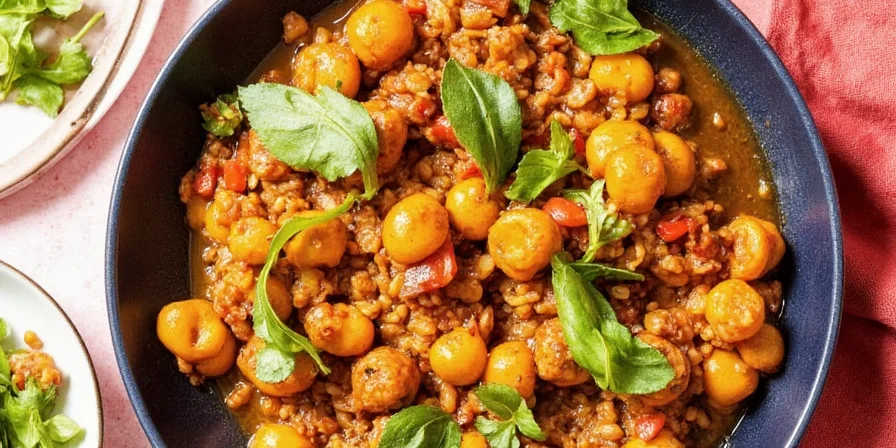
#2 – Cumin & Star Anise Balance (Prevents Flat Flavor)
Use 1 tsp cumin seeds with 1 star anise pod during tempering. Remove star anise before serving for subtle sweetness without licorice dominance.
| Spice | Practical Application | Flavor Result |
|---|---|---|
| Cumin | First spice in hot oil | Builds foundational warmth |
| Star Anise | Add with cumin, remove before serving | Creates subtle floral note |
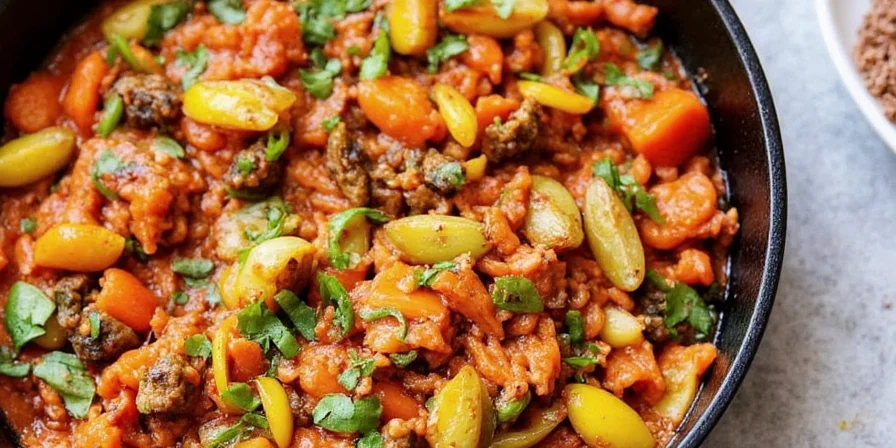
#3 – Coriander & Sumac Freshness (Fixes Oily Sauce)
Add 1 tsp coriander powder with spices and 1/2 tsp sumac with lemon juice to cut through oiliness and brighten flavors.
| Spice | Practical Application | Flavor Result |
|---|---|---|
| Coriander | With other dry spices | Creates balanced foundation |
| Sumac | With lemon juice at end | Provides bright, tangy finish |
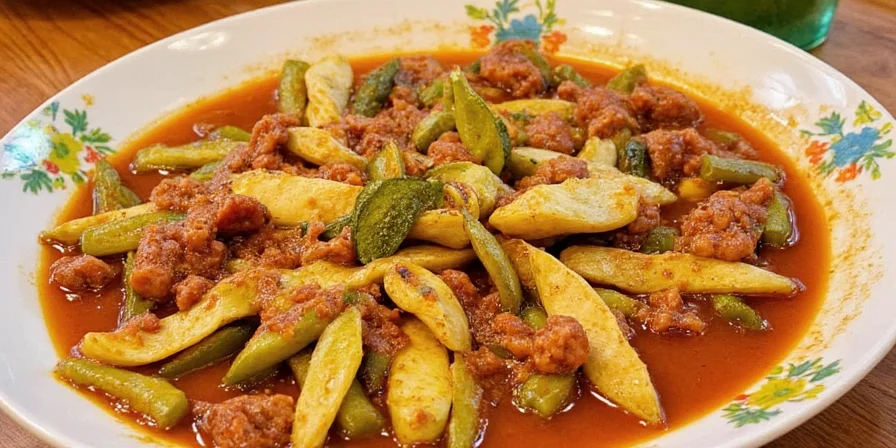
#4 – Mustard Seeds Meet Turmeric (Prevents Bitterness)
Add mustard seeds first to hot oil, then turmeric after 30 seconds to maximize color and minimize bitterness.
| Spice | Practical Application | Flavor Result |
|---|---|---|
| Mustard Seeds | First in hot oil | Creates popping texture |
| Turmeric | After mustard seeds pop | Maximizes golden color |
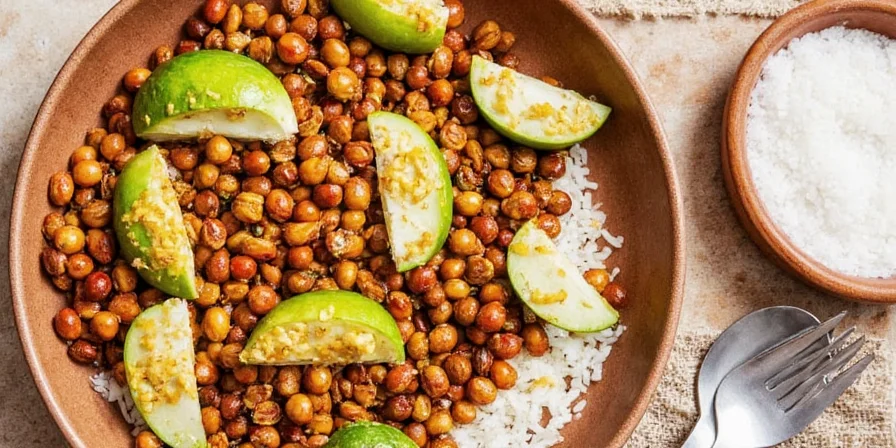
#5 – Cardamom & Fennel Harmony (Balances Heat)
Use 2 crushed cardamom pods with 1/2 tsp fennel seeds during tempering to cool the palate without reducing overall heat.
| Spice | Practical Application | Flavor Result |
|---|---|---|
| Cardamom | Crushed pods in oil | Adds floral complexity |
| Fennel Seeds | With cardamom | Creates sweet contrast |
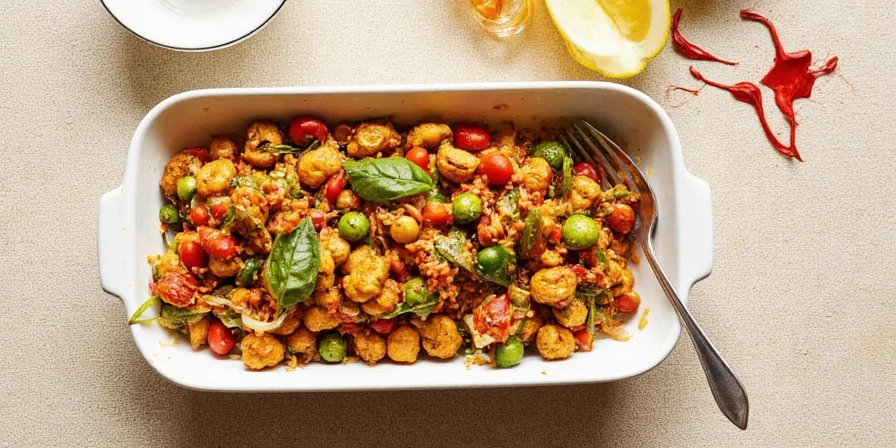
#6 – Chili Flakes & Ginger Ratio (Controlled Heat)
Maintain 3:1 ratio of fresh ginger to chili flakes (1 tbsp ginger to 1 tsp flakes) for balanced heat that doesn't overpower.
| Spice | Practical Application | Flavor Result |
|---|---|---|
| Chili Flakes | With other dry spices | Provides background warmth |
| Ginger | With ginger-garlic paste | Delivers front-palate brightness |
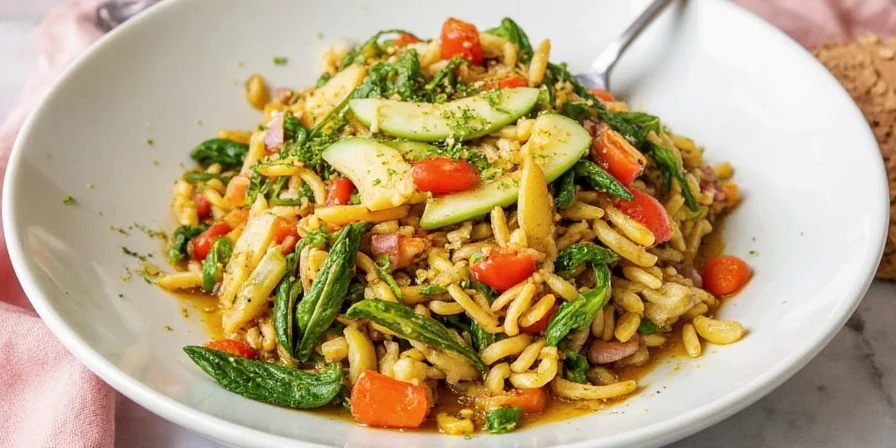
#7 – Clove & Cinnamon Warmth (Long-Lasting Flavor)
Add 2 cloves and 1-inch cinnamon stick during tempering, then remove before serving to avoid overpowering.
| Spice | Practical Application | Flavor Result |
|---|---|---|
| Clove | With oil at start | Adds subtle depth |
| Cinnamon | With clove | Creates rounded warmth |
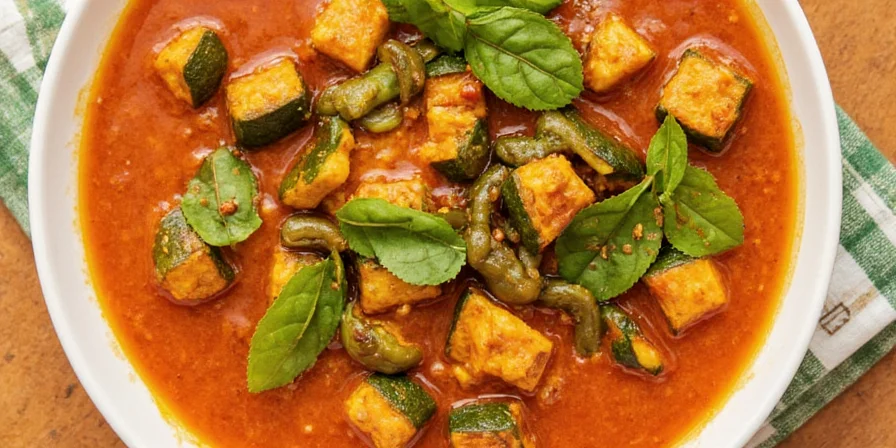
Pro Tips for Consistent Restaurant-Quality Results
- Vegetable Texture: Blanch vegetables separately by density (harder veggies longer) and shock in ice water
- Oil Temperature: Mustard oil must reach 180°C (356°F) before adding spices for optimal flavor release
- Acid Balance: Add lemon juice in the last 30 seconds for maximum freshness impact
- Spice Layering: Follow sequence: mustard seeds → cumin → coriander → turmeric for proper flavor development
- Heat Management: Cook on medium heat after initial tempering to prevent burning spices
Frequently Asked Questions
Can I substitute fresh spices for ground versions?
Yes, but with precise conversion. Use 1.5x whole spices compared to ground. Whole spices should be dry-roasted for 90 seconds before grinding. For tempering, use whole spices directly in oil.
How do I prevent vegetables from becoming mushy?
Blanch vegetables separately by density: peppers (2 minutes), onions (3 minutes), tomatoes (1 minute). Shock in ice water immediately after boiling. Add to sauce in reverse order of blanching time.
What's the ideal oil temperature for tempering spices?
Mustard oil should reach 180°C (356°F) - test by adding one mustard seed which should sizzle vigorously and submerge within 3 seconds. Below 160°C fails to release flavors, above 200°C causes burning.
How can I reduce spice heat without losing flavor?
Add 5ml full-fat yogurt per serving during final plating. The casein proteins bind to capsaicin without diluting other flavors. Alternatively, increase coriander proportion by 20% which activates cooling receptors.
Which vegetables work best in jalfrezi?
Traditional combinations include bell peppers, onions, and tomatoes. For authentic texture, add cauliflower and green beans. Avoid watery vegetables like zucchini which make the sauce runny.











 浙公网安备
33010002000092号
浙公网安备
33010002000092号 浙B2-20120091-4
浙B2-20120091-4